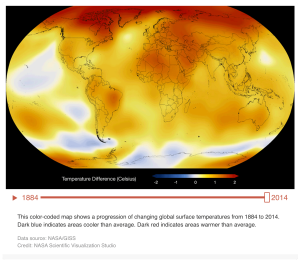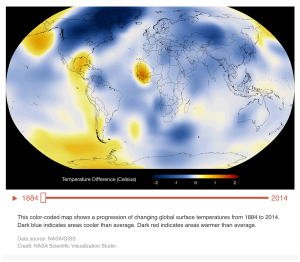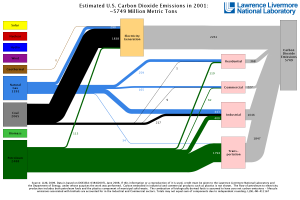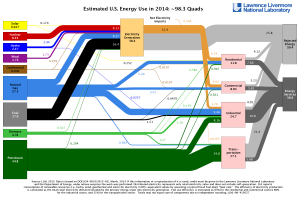Around 300 million years ago, vast areas of the earth were covered with swamps and dense forests of green plants that used photosynthesis to combine the CO2 in the atmosphere with the earth’s abundant water to create many billions of tons of the carbohydrate molecules that made up those plant’s structures and food supply. Eventually buried beneath layers of sediment, over these millions of years, these carbohydrates became the fossil fuels: oil, coal and natural gas, that we began to exploit so productively over the last two centuries. In the last half century it has become clear that by burning these fuels and releasing the CO2 those ancient plants had stored, or sequestered, underground, we have been changing the climate by changing the composition of our modern atmosphere.
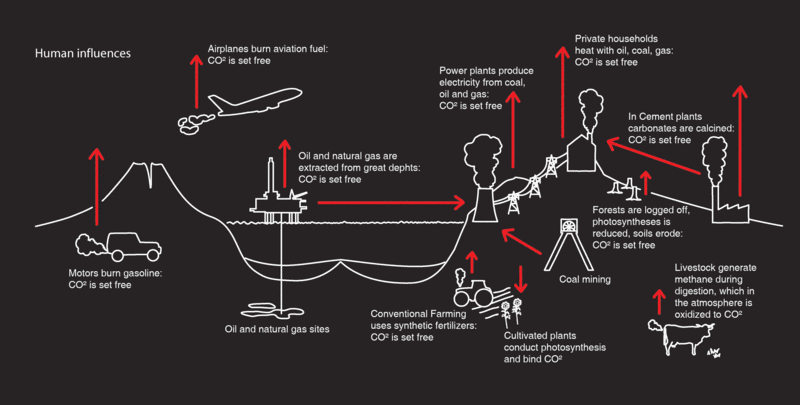
Our planet, unique among all we know, has a delicate balance of heat exchange between the solar radiation that warms us, and the earth’s heat radiation that cools us, leaving us in a sweet spot known as the goldilocks zone that has allowed life to flourish here, while leaving the other nearby rocky planets barren. Our blanket of atmosphere, and its ability to hold or pass this heat is essential in maintaining this sweet spot. The simple fact is that the release of this long stored Carbon is changing the earth’s climate because it is determined by the subtlest differences in the distribution of this heat around the globe.
Our industries have been largely based on the use of fossil fuels for energy, returning all of this ancient carbon into the atmosphere. Renewable alternatives such as wind, solar, geothermal, and hydropower, remain largely separate from the carbon cycles of the earth, and are therefore are carbon neutral within the scope of direct emissions and operation. But these still amount to a relatively small, though thankfully growing, fraction of our industrial energy budget. Earliest among these renewables as an industrial power source is the use of biomass, where the burning of wood, charcoal and other biomass, fueled the revolution of the bronze age, and is still used extensively worldwide for heating and cooking.
When burned in open air with ample oxygen, the carbon in biomass is converted almost completely back into the CO2 which the plants had pulled out of the atmosphere. Even though biomass power is part of the carbon cycle, it is still operationally carbon neutral because it is using contemporarily grown biomass, and only returning the same amount of carbon to the atmosphere that was removed when the plant was growing.
One of the advantages of biomass power over wind and solar is that it can be on-demand exactly like fossil fuels, and is unaffected by natural cycles that cause wind and solar to have highly variable outputs. In areas and/or industries where biomass is plentiful, biomass can be the primary power source. It is common today for logging and forestry operations to generate all of their power with their waste. Another important advantage biomass power has over wind and solar is that it is possible to include combined heat and power (CHP), greatly increasing the total efficiency of a power systems.

